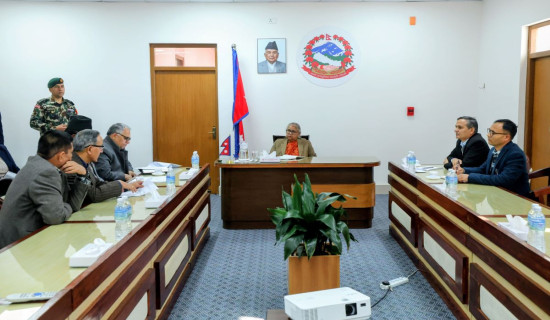- Thursday, 18 December 2025
Sound Industrial Policy
The world is currently passing through the Fourth Industrial Revolution (Industry 4.0) characterised by the convergence of cutting-edge technologies. Nations' development stage is largely shaped by the technological evolution. But Nepal lags behind in benefiting from the new inventions and discoveries in the field of science, technology, commerce, education, medicines, industries, agriculture and so on. While the two giant neighbours are attaining rapid economic growth, Nepal is still shackled by the resource scarcity, poor investment, shabby infrastructure, corruption, legal and bureaucratic hurdles. The country holds huge potential in hydropower, agriculture, tourism and herbal medicine, with the advantage of demographic dividend. Still our situation is like a Sisyphean fate: we are unable to realise the lofty development goals despite decades of investment and hard work.
Fresh data indicates the precarious situation of Nepali industries. They only contribute 13 per cent to the gross domestic product (GDP) while the agriculture's share stands at 24.09 per cent. Interesting part is that contribution of service sector to GDP is growing, with 62.9 per cent. If the share of industry in the GDP grows substantially, the employment opportunities will also amplify along with the expansion of tax base. However, the dearth of jobs at home has driven hundreds of thousands of youths to the foreign soil. Many of them are forced to work in dirty, harsh and dangerous conditions. Hundreds of Nepalis lose their lives every year, a bitter fact many people in the leadership role fail to take seriously. The country is also witnessing the brain drain at an alarming rate in the absence of sound academic and working atmosphere.
Solution of these problem lies in industrialisation that is green, inclusive and pro-labour. The neo-liberalisation policy that the country followed blindly since early 1990s stalled the industrialisation process, with the shutting down of dozens of industries. While the state-run enterprises faced closures, no big industries came into existence at the initiative of the private sector. Against this backdrop, the Industrial Policy 2025 that the government has recently floated for broader discussion and feedback is expected to fill the lacuna facing the industrial sector. The ministry of Industry, Commerce and Supplies is now engaging the concerned stakeholders from all seven provinces to put their inputs into the policy.
It aims to transform export processing centres, industrial zones and rural areas into integrated structures so as to make them economically robust and viable. The government seeks to run these areas through cooperation of or in partnership with public and private sector. The policy promotes sustainable, employment generating and high-return industrial development, increasing production and productivity to substitute imports, boost exports and strengthen the national economy, according to a news report of this daily. It is geared towards attracting both domestic and foreign investments in comparative advantage industries and protecting, promoting and expanding domestic industries.
Other striking features of the policy include conducting targeted industrial promotion programmes at all levels, developing industrial infrastructure, establishing offices to enforce legal reforms and intellectual property protection, strengthening e-governance in the industrial sector, promoting industrial employment, incubation, startups and small enterprises. The policy's provisions sound promising like the previous one. Enhancing the capacity of the state and its agencies is vital to translate them into action. Political will, administrative cooperation and the participation of private sector is imperative to give impetus to slow industrial process, boosting GDP and employment generation.

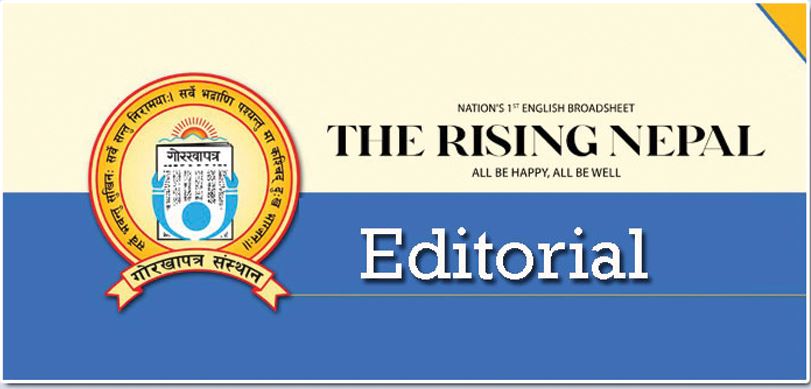

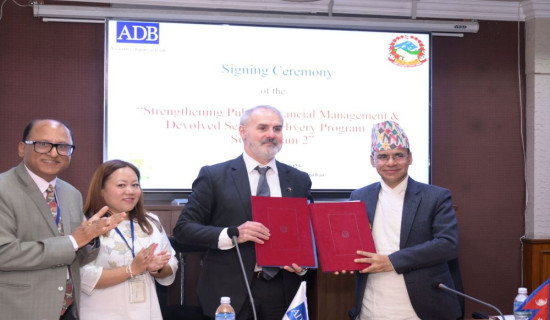
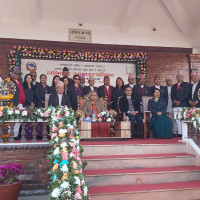
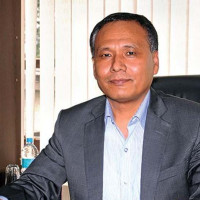
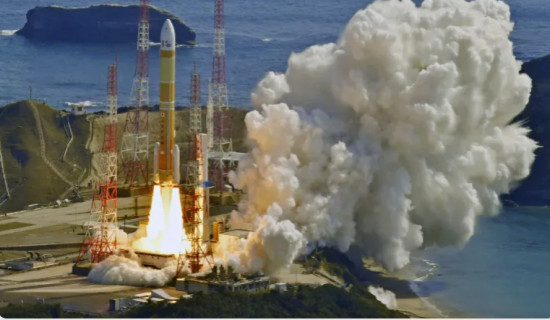
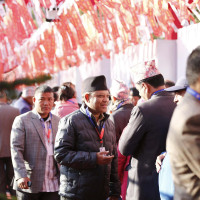
-square-thumb.jpg)
